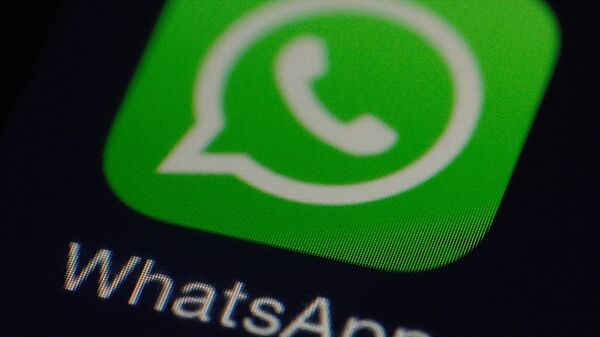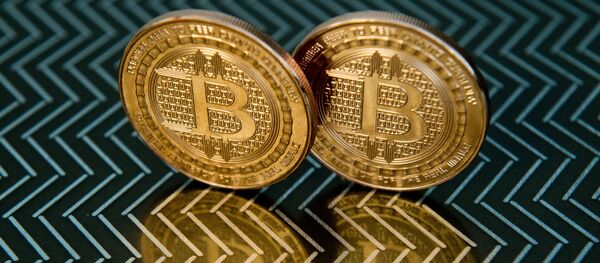For the past several months, the state of Jammu and Kashmir has seen the power of social media as almost 300 WhatsApp groups have been used to incite Kashmiri youths to violence and stone-pelting.
Intelligence inputs sent by the intelligence agencies said that almost 250 to 300 persons are attached to a single WhatsApp group. Similarly, Facebook has emerged as a tool to express dissent in Jammu and Kashmir.
Ever since the Indian government banned internet in the Indian side of Kashmir, there have been considerably fewer cases of stone-pelting.
After a spurt in militancy was put down in the 1990s, life on the Indian side of Kashmir was reasonably peaceful until July 2016 when the killing of Burhan Wani, the leader of an outlawed Kashmiri separatist group, by Indian forces led to the resurgence of street protests. The region has been on the boil since then.
Both India and Pakistan claim Kashmir to be their territory in the dispute which harks back to the Partition of British India in 1947. Though the two countries have fought three wars since then, the dispute is far from over.






